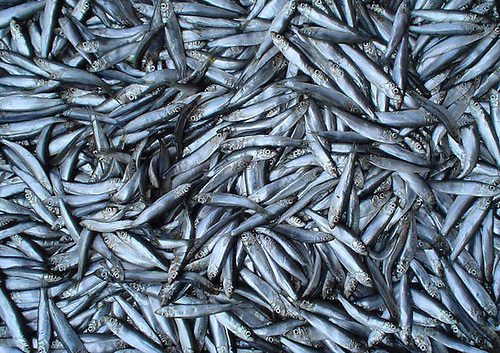The IWDG Position And A Call For Submissions
The controversial practice of pair trawling by large boats for sprat and other forage fish in our bays and inshore waters may now at last be managed in a way which would conserve the stocks for whales, dolphins, fish and birds, and also give a welcome boost to the inshore fishing sector. A public consultation on trawling activity inside the six nautical miles and the baselines is currently open and the IWDG is calling on its membership, subscribers, friends, coastal stakeholders and all who are concerned about the marine environment to make individual submissions to the ministerial review on this important subject. Making a submission is easy but must be completed by 12 April at 13:00. Details of how to do it can be found at the end of this article.
Four options for fisheries management inside the 6nm limit and the baselines have been presented for public consultation and consideration: business as usual; a ban on all pair trawling; a ban on all trawling by vessels over 15m in length; and a ban on trawling by vessels over 18m. The Irish Whale and Dolphin Group has chosen the option preventing vessels over 18m from trawling inside 6nm on the basis of maximising the environmental benefit while balancing fairness to the fishing fleet.
For years attempts have been made to develop measures towards better management of inshore fisheries, most recently in 2020 when trawling by vessels greater than 18m in length was successfully banned from inside the 6nm limit and the baselines. Although this move enjoyed widespread support it was overturned under judicial review on narrow technical grounds. The ban had been a hugely significant policy shift and was welcomed by many on environmental, economic and social justice grounds. The Department of Agriculture, Food and the Marine had stated their intention to revisit the measure, and on April 12th Minister McConalogue’s new consultation on the same topic closes.

Credit: Yevgeny Bal
Sprat, and to a lesser extent pilchard and anchovy, are the fish species that stand to be conserved most by the proposed measures. None are currently managed and no quota is allocated to them. Work by the Marine Institute on sprat genetic stock structures in Irish waters is ongoing, and is due to be published by year end. Without a detailed understanding of the stock, precautionary advice by ICES recommends an annual catch of sprat not exceeding 2240 tonnes. However landings for the past few years have been many times that figure with average annual landings over the period 2020-2022 of 12400 tonnes.
Sprat are a forage fish which provide a vital trophic link between zooplankton and higher-order predators such as demersal fish, birds, whales and dolphins. Analysis of the diet of fin and humpback whales in the Celtic Sea indicated that sprat and herring represent a large proportion of their food. These whales are here in Irish waters to feed, and to build up their energy reserves. The unregulated fishery of sprat and other forage fish literally takes the food out of their mouths, removing that trophic link at potentially huge cost to the whales, as well as to all the other animals, birds and fish higher up the food chain.
The options proposed by the Minister are a blunt instrument, but we hope they are a first step in a series of management measures which will allow our inshore waters to recover and to support a healthy marine ecosystem, which in turn will sustain a thriving inshore fishery. We are calling on all concerned to make their own individual submissions to the Minister. This review presents an opportunity to get involved, to take ownership of the issue, and to have our voices heard.
All necessary information to make an informed decision is available on the Government website at https://www.gov.ie/en/consultation/0e523-public-consultation-on-trawling-activity-inside-the-six-nautical-mile-zone-and-the-baselines/?referrer=http://www.gov.ie/en/consultations/trawlingconsultation/ and submissions can be made by online survey, questionnaire, email or by post.

